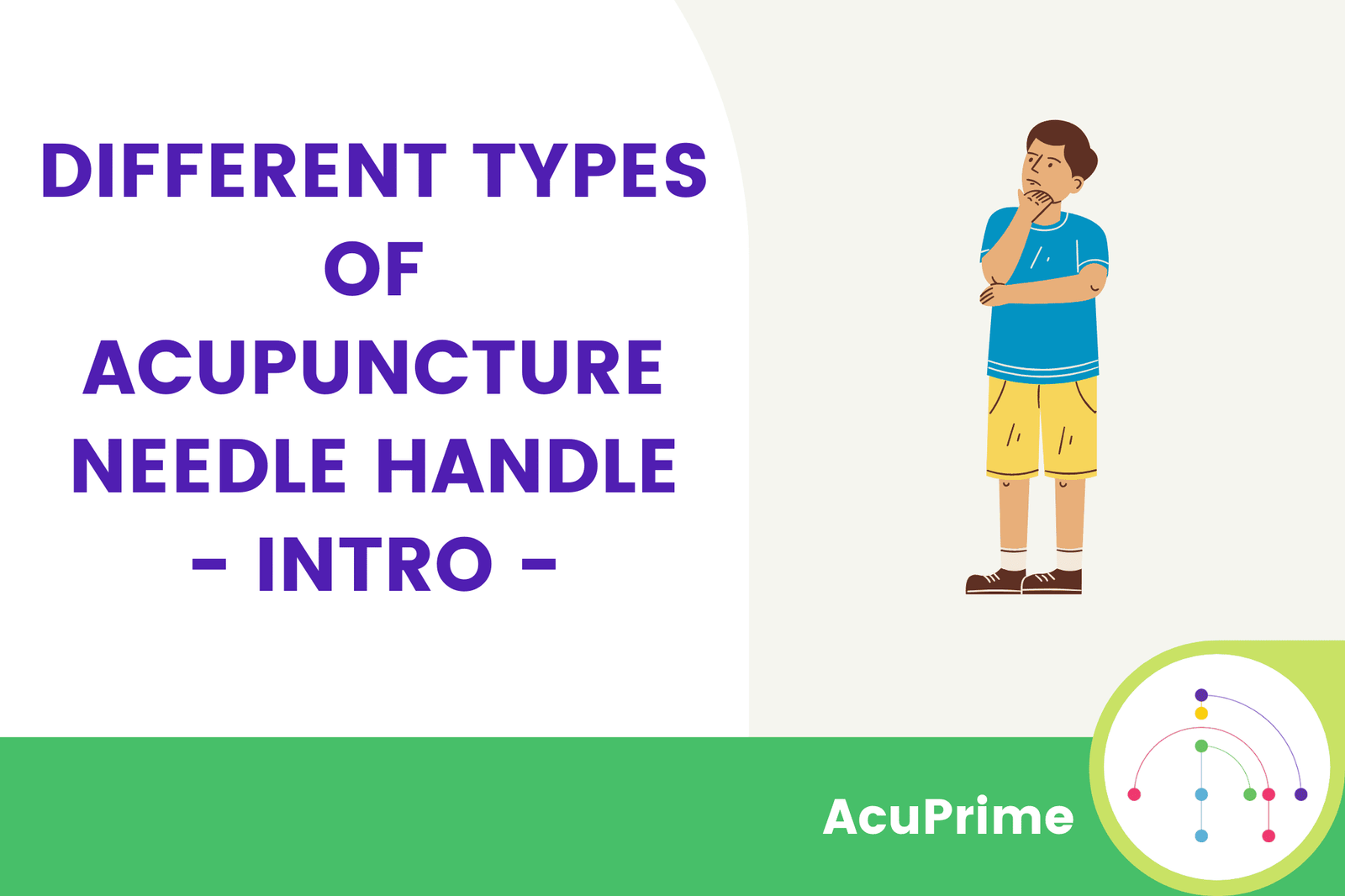An acupuncture needle is an acupuncture needle, right? If only it were so simple! Acupuncture has been developed over centuries and its style and needle types used often depend on country, culture and treatment type. When you’re trying to decide which acupuncture needles to buy, it’s easy to feel overwhelmed. First and foremost though, are all acupuncture needles of the same standard?
Types of Acupuncture Needles
Acupuncture needles come in different shapes and sizes, the variability depends on the use and the particular region. The standard needle used by the traditional practitioners is the filiform needle which is thread-like and made of stainless steel. But there are more specialised kinds of needles used for different purposes.
- Three-edged needles are triangular, thick, and very sharp. These needles are used to remove a few drops of blood from the acupuncture site.
- Plum blossom needle is a collection of seven filiform needles together to stimulate multiple pressure points at a time.
- Intradermal needles are very short and are inserted superficially into the skin to alleviate pain.
- Press needle is pushed deep into the skin and secured with a surgical patch. These needles are used when long-term stimulation is required.
- Copper (Chinese) loop handle needles are soft and flexible. Since copper is a good conductor of heat and electricity, moxibustion and electric stimulation can be formed by using these needles. However, copper needles tarnish when stored for longer periods.
- Plastic (modern) handle needles are firm and rigid and can be used easily by an acupuncturist who is new to the field.
- Japanese acupuncture needles with inflexible metal tube handles are also ideal for moxibustion.
- Korean acupuncture needles have a spring handle with or without a loop. Both types are made of stainless steel and have a long storage time.
Risks of Using a Poor Quality Acupuncture Needle
A vast amount of people worldwide use acupuncture to get relief from pain and treat their ailments. Though the procedure itself has no significant side effects if performed correctly, the needles might lead to a myriad of problems if not chosen properly. Metallic residues and surface abnormalities could lead to allergic reactions such as dermatitis. If the needle tip is not shaped correctly, it may lead to bleeding, bruising, and the patient might experience pain during the treatment. Below is a figure which demonstrates different needles with malformed tips and surface irregularities. You can imagine the harm these needles could have done when inserted into a person’s skin.
Safe and disposable needles are widely used, reducing the transmission of bacterial infections. However, in unsafe practices, there is an increased risk of contracting HIV, HBV, HCV, and bacterial infections.
Why Should You Always Opt for High-Quality Needles?
Providing high-quality treatment to your patients is not only important to get the desired outcomes but it’s also crucial concerning professionalism and reputation. As an acupuncturist, you should always choose the best quality needles to minimise pain, risk of allergies, infections, and tissue damage. The needles should be sterilised correctly and are monitored for their quality regularly.
There are many needle manufacturers around the globe you can choose from. Dong Bang needles made in Korea undergo automated grinding and polishing, which gives the needles a smooth finish and prevents any surface irregularities or metal residues. Seirin Needles are made in Japan from surgical-grade steel wire. These needles have lightweight handles which makes them easier to use. ORCA Copper Handle Needles are famous for moxibustion. The needle is sterilised using ethylene oxide gas which makes it durable for over 3 years.
An acupuncture needle is a powerful tool used for stimulating acupuncture points. The use of high-quality needles reduces the risk of associated complications and provides maximum benefits.









